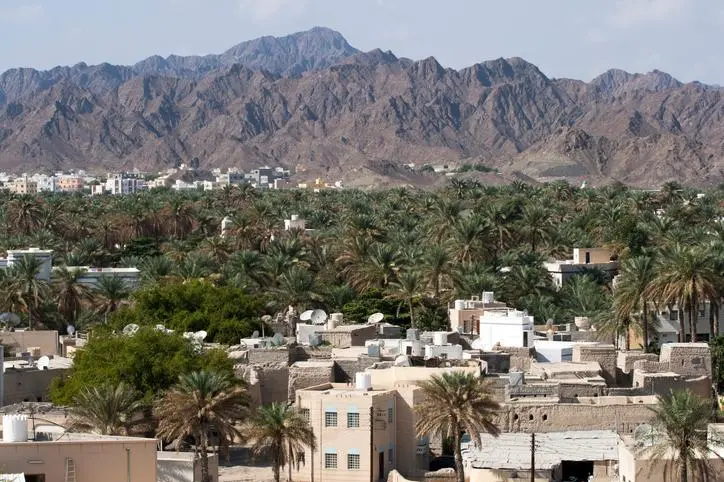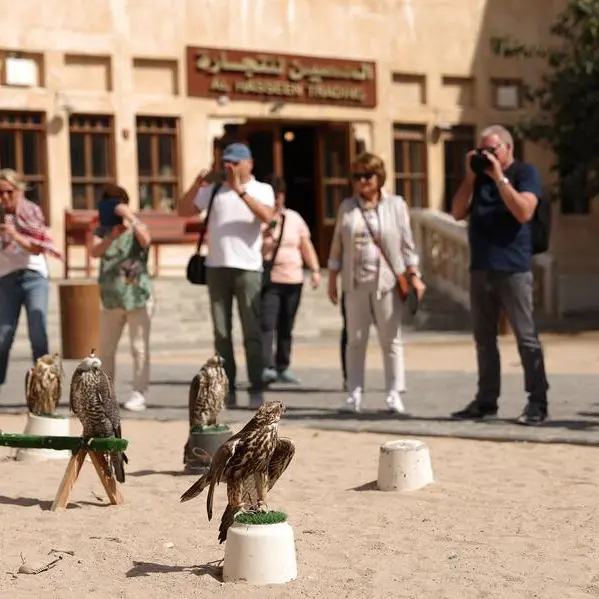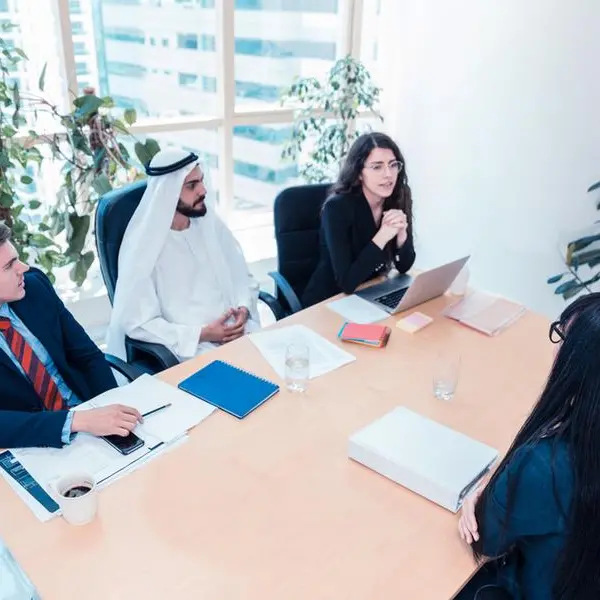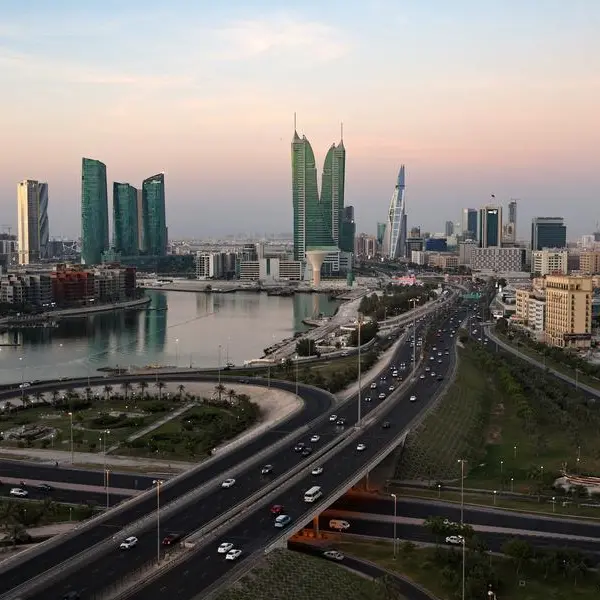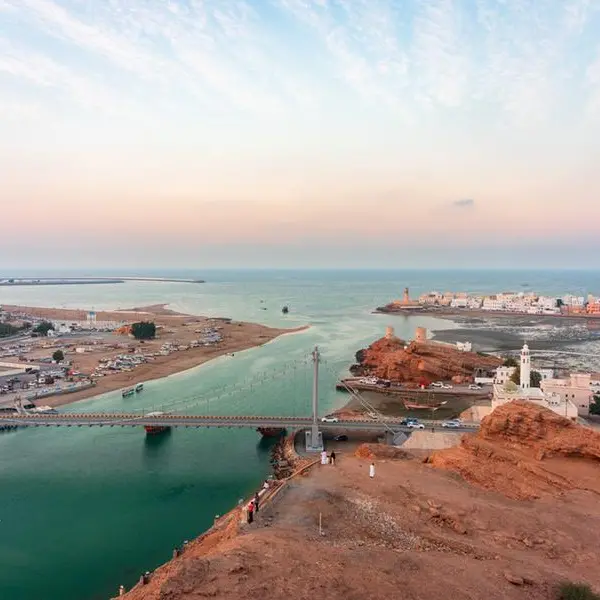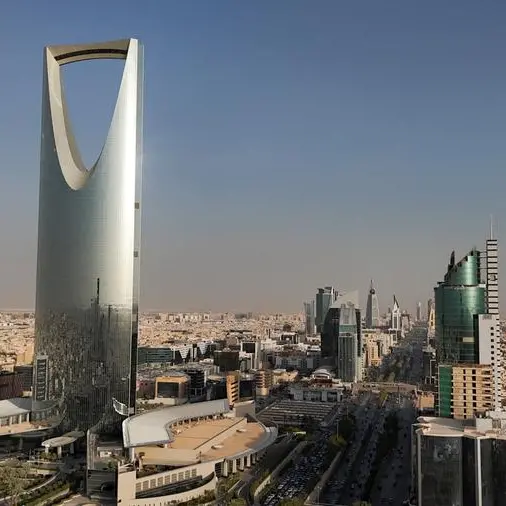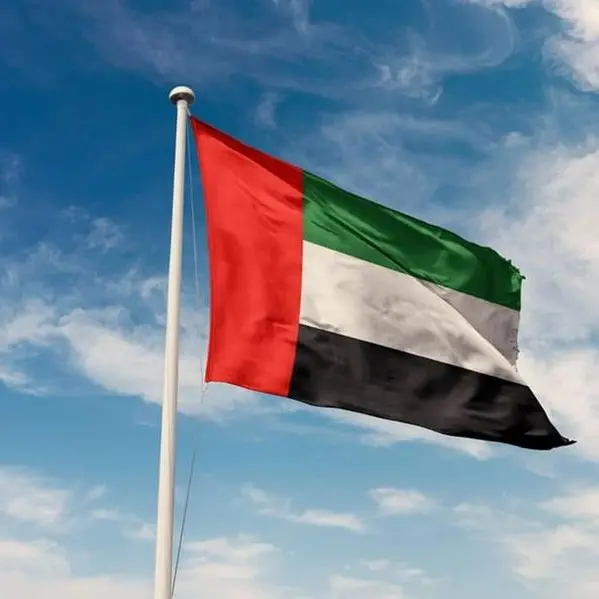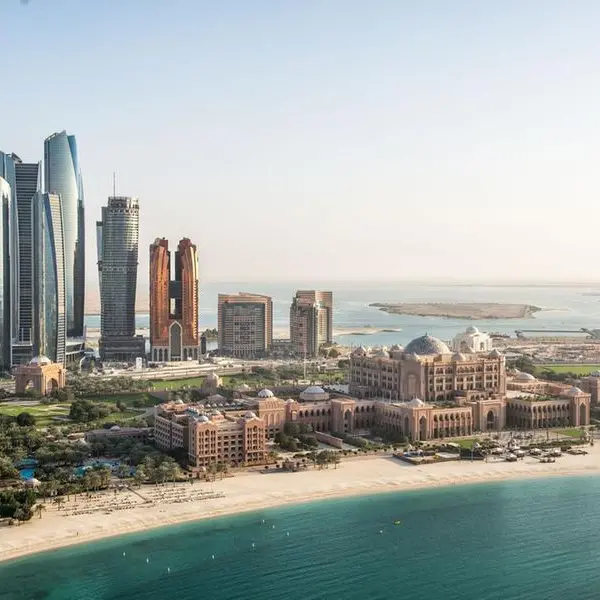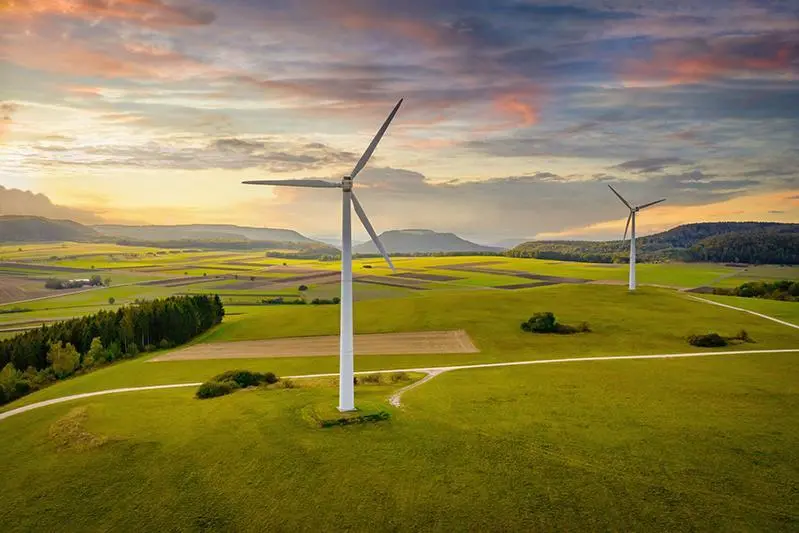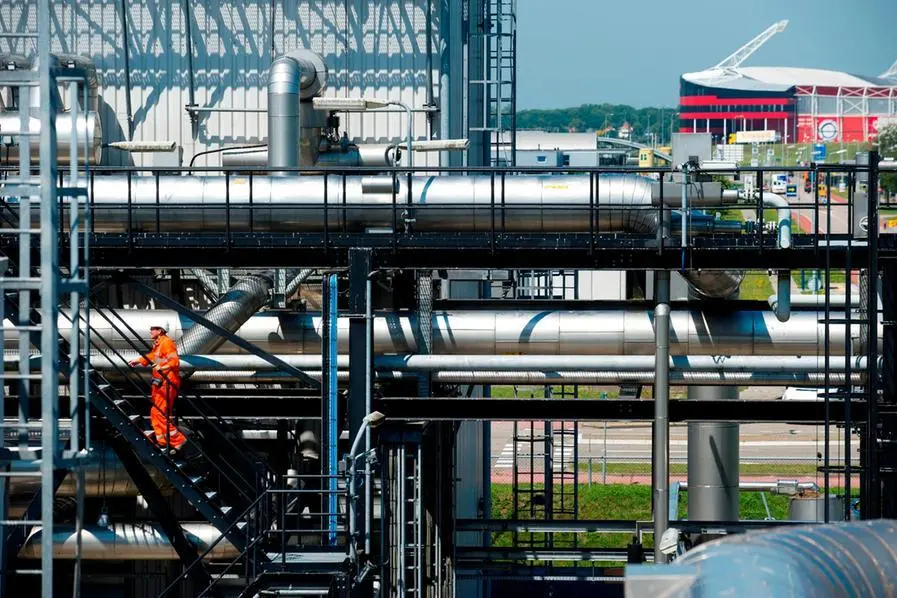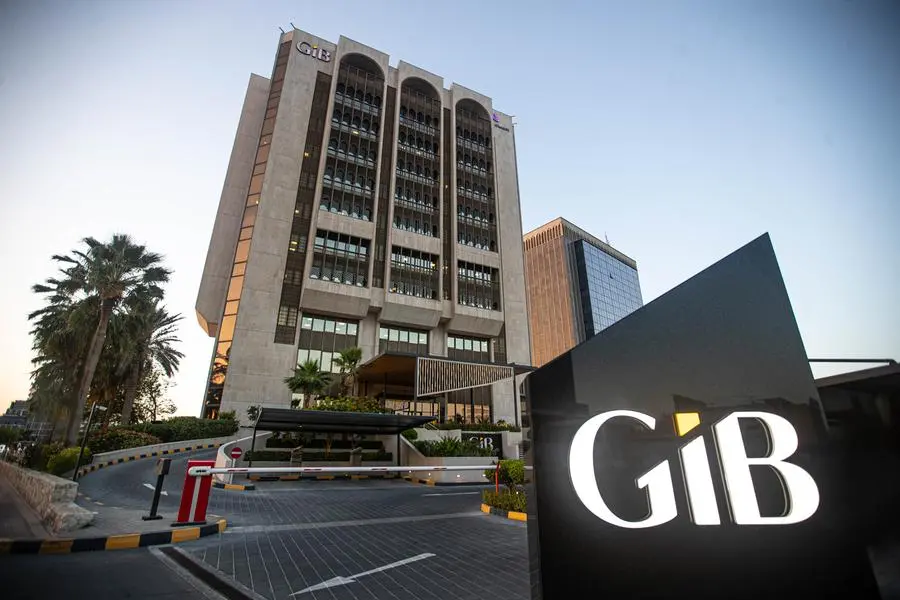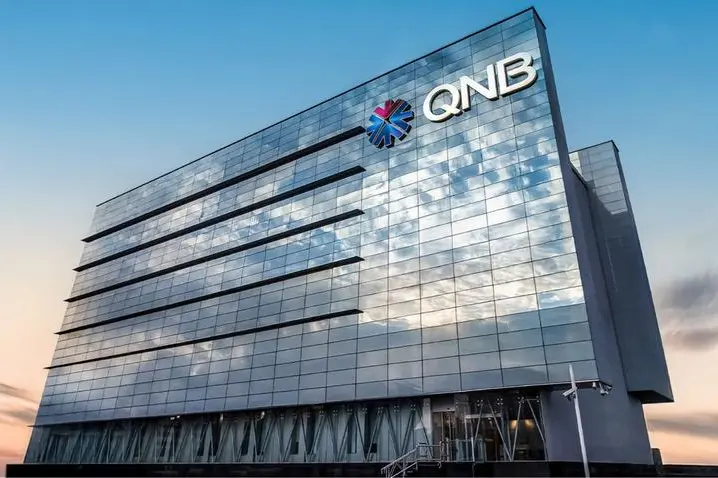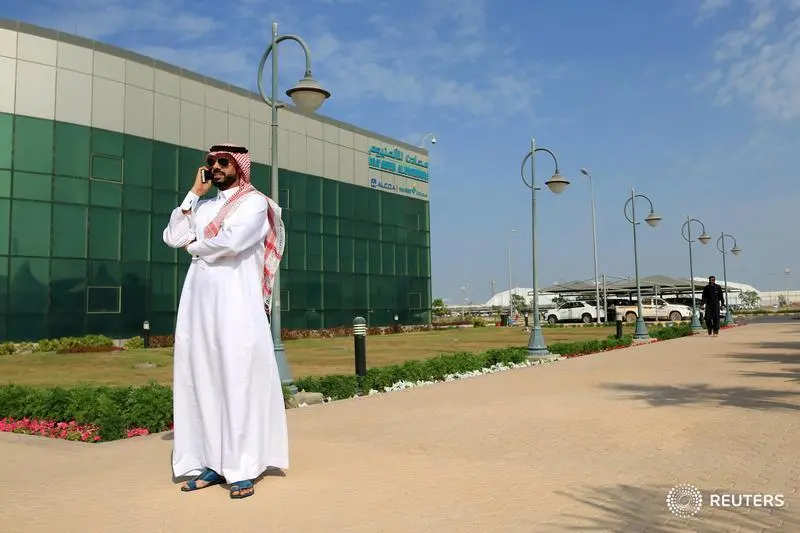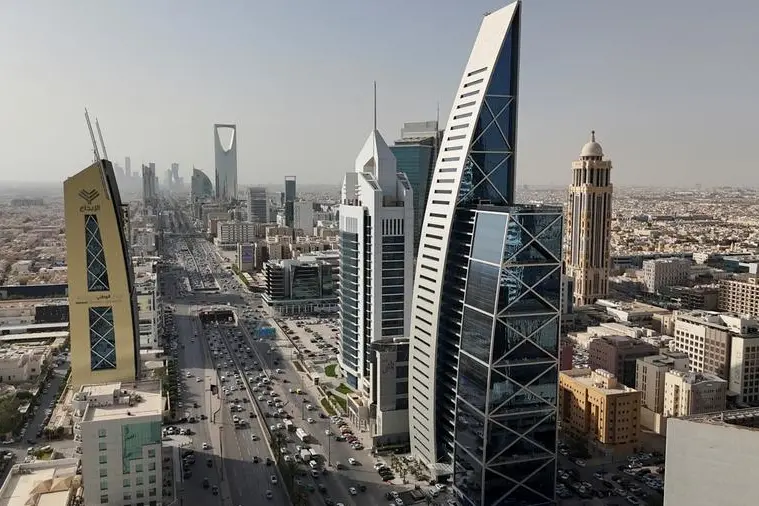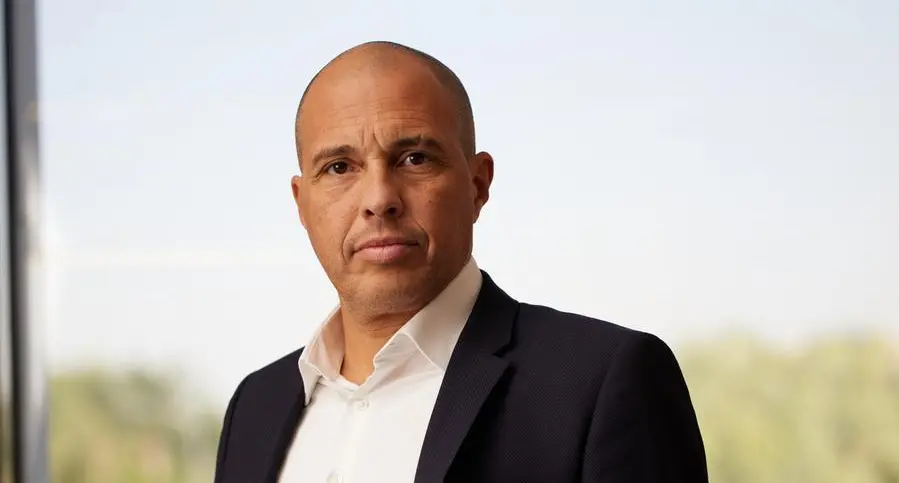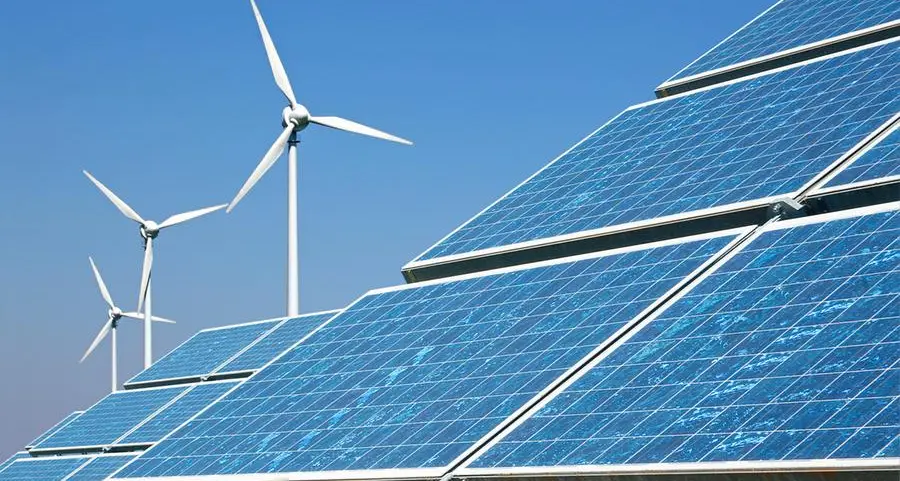PHOTO
As the global community grapples with intricate sustainability challenges, the Sultanate of Oman is charting a distinctive course rooted in the transformative principles of the circular economy. Guided by the tenets of its ambitious Vision 2040 blueprint, Oman is strategically converting its waste streams into tangible economic opportunities, constructing resilient infrastructure designed for resource efficiency, and actively fostering global partnerships to accelerate the adoption of circular practices and secure long-term prosperity for the nation.
In line with its broader sustainability goals, Oman has committed to achieving net-zero emissions by 2050—a target that necessitates a comprehensive overhaul of existing resource management practices.
Central to this transformation is the development of robust waste management infrastructure, with strategic initiatives such as the National Waste Management Strategy and the establishment of be’ah (Oman Environmental Services Holding Company) laying the groundwork. These initiatives aim not only to enhance the nation’s waste recovery capacity but also to redefine waste itself as a valuable input into new economic cycles.
The progress made thus far reflects Oman’s seriousness in embracing this new paradigm. In 2023, for instance, the nation processed 470 tonnes of automotive batteries and managed to recycle over 31% of its collected waste through 67 dedicated facilities.
Key installations such as the Suhar Industrial Waste Handling and Treatment Facility, one of the largest hazardous waste management centers globally, and the Barka engineered landfill demonstrate the country’s commitment to building sophisticated systems capable of supporting its circular ambitions.
Efforts to reduce environmental impact are not limited to solid waste.
Oman has also achieved remarkable milestones in wastewater management. In the same year, over 96 million cubic meters of treated wastewater were produced, with 51% being reused across agriculture, industry, and other sectors. This not only conserves vital freshwater resources in a water-scarce region but also contributed to a reduction of approximately 291,000 tonnes of carbon dioxide emissions, underscoring the climate mitigation benefits of effective water reuse strategies.
Furthermore, Oman is rapidly expanding the circular economy model across its special economic zones, including Duqm, Salalah, Sohar, and Al Mazunah. These zones are being transformed into hubs of sustainable industrial practices and resource efficiency.
The private sector has emerged as a dynamic partner in this national endeavor.
n Salalah, the Evergreen Gulf Recycling Hub utilizes artificial intelligence-based technologies to process 20,000 tonnes of electronic waste annually. In Ghala, Golden Future Recycling leverages hot-wash technology to transform plastic waste into high-quality polyethylene terephthalate (PET) granules.
In Saham, Global Recycle LLC recycles 6,000 tonnes of end-of-life tires annually into rubber, steel, and fiber—highlighting the potential for value creation from previously discarded materials.
The economic potential of these initiatives is significant.
According to Be’ah, Oman’s circular economy could generate more than 2,300 new jobs and contribute up to USD 1 billion to the national economy. To support the circularity of water use, Oman is also making long-term investments in infrastructure.
The US$7 billion National Strategy for Tertiary-Treated Wastewater aims to reach a capacity of 1 million cubic meters per day by 2040.
Projects such as the Sahalnout sewage network and the Sohar Port water recycling plant, operated by Majis Industrial Services, exemplify the integration of industrial water reuse systems that enhance both sustainability and operational efficiency.
Looking ahead, Oman is charting new territory with future-oriented projects.
The Barka Waste-to-Energy facility is expected to reduce landfill waste significantly while generating clean energy. Simultaneously, the Sultan Qaboos University Biogas Plant seeks to extract renewable energy from organic waste, contributing to both energy diversification and organic fertilizer production.
Constructed wetlands in Dhofar represent nature-based solutions for wastewater treatment, blending ecological enhancement with functional infrastructure. be’ah is also leading in proactive planning for emerging waste streams associated with renewable energy infrastructure.
In collaboration with Nafas International, it is preparing for the management of solar photovoltaic (PV) panels and wind turbine waste, anticipating a rise in such materials between 2040 and 2045.
This anticipatory approach highlights Oman’s readiness to manage environmental challenges before they become liabilities and reinforces the integration of lifecycle thinking in infrastructure development.
A number of thematic initiatives are shaping Oman’s circular journey.
2022 © All right reserved for Oman Establishment for Press, Publication and Advertising (OEPPA) Provided by SyndiGate Media Inc. (Syndigate.info).
